For many Indians, the morning news is incomplete without the Amul girl’s daily tongue-in-cheek take on current affairs, newsmakers and celebrities. The iconic noseless girl with blue hair and a red polka-dot frock made her Utterly Butterly Delicious debut in 1966 and has stayed top of mind ever since. The brainchild of adman Sylvester daCunha, it is now in the Guinness Book of World Records as the longest-running advertising campaign in the world.
Sylvester, who passed away on June 20 at the age of 92, was one of India’s creative legends. After he started his own advertising agency, daCunha Communications, in 1962, he worked with a myriad of major brands, including Britannia biscuits, Lakmé, and Tata Tea. A multitasker, he was also the founder of the Theatre Group of Bombay, and served as a food and nutrition consultant on a number of projects with the World Bank and UNICEF.
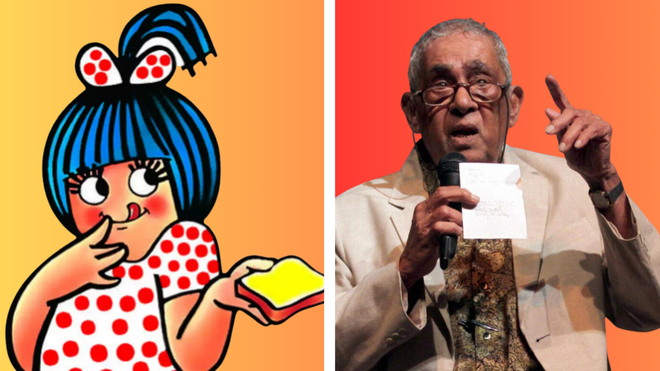
Looking back at his father’s legacy, his son Rahul daCunha says, “The Amul girl is a great Indian icon. One reason why she is loved is because she’s gone beyond the brand — she’s everyone’s daughter. And that’s what an icon does. That’s what Dad did. With life being so uneasy, you look to these icons to reassure you that life is okay.”
Adman and digital marketer Shubho Sengupta catches up with Rahul, the current director of daCunha Communications, to reminisce his father’s legacy and the days ahead.
Shubho Sengupta: India has lost a legend, with the passing of Sylvester daCunha. But his legacy is in able hands. What is the secret of your Dad’s greatest success, the Amul brand’s longevity? The only icon that comes close is The Rolling Stones.
Rahul daCunha: The only way that we have a slight one up on the Stones is that they wrote all their songs between the 60s and the 80s, and are still living off the same songs. I want a new single every single day. [Laughs.] Just kidding!
There is no way that one is able to tell when you create something, if it will have longevity, sustainability. Will it be a big idea? Nowadays, there are too many advertising people. And I don’t know whether it’s because of social media, moment marketing, or the meme culture, but people don’t think in terms of something that will last forever.
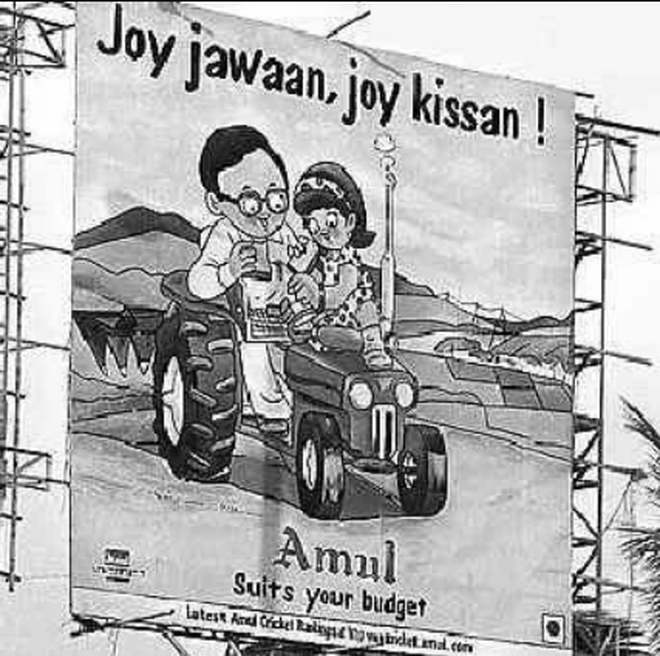
When you look back at my Dad’s time, look at the number of mascots that were created, whether it is Dad doing the Amul girl, or Bobby Kooka doing the Maharajah, or Gopi Kukde doing the Onida Devil. There was an attempt to create icons. I see an ad about the IPL today, and I don’t remember it. Is it because we over emphasise on celebrities and endorsements?
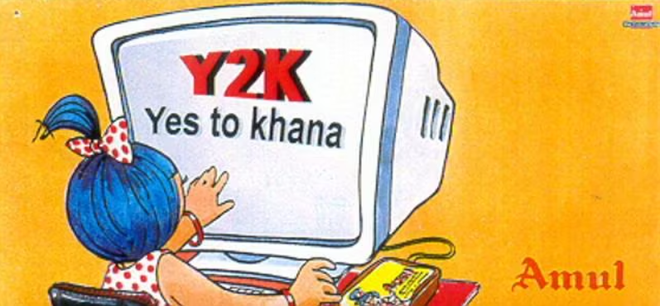
One thing I learnt from Dad was, you create properties that don’t come out of the factory. The Amul girl has created a sense of humour. Of course, there’s taste, and the whole ‘Utterly Butterly’ thing. But when you talk about longevity, it’s about creating properties that you want the consumer to remember. And once you do that, then the rest is history. When Dad created the Amul girl, he didn’t think that it would last this long. But I think successive people have respected the brand personality. And there’s no question: you need a brilliant client. The death of advertising has been the revolving door of marketing managers, because each guy comes in trying to create his own legacy.
S: In the age of memes and emojis, Twitter and Chat GPT, the Amul girl has not just survived, but out-memed the memes, out-tweeted the tweets. Last night, I was telling someone that I’ll be interviewing you, and she told me the story about a famous bakery in Pune (Kayani). This was in the early 2000s, and for some reason, Amul’s butter supply was a little erratic at that time. The baker shut down the shop and said, ‘When the supply resumes, I’ll get my cookies out.’ My friend asked, ‘Why don’t you use some other butter?’ This old man in his 90s gave her a death stare and said, ‘Don’t you know what the brand is?’ The core idea is so strong, it stays ahead of any new medium, new technology.
R: Forget about Chat GPT and AI, my worry about where we are right now is that we’re creating a nation and a technology of imitators. There’s nothing distinct; it is designed to give you a conveyor belt kind of approach. Big ideas come out of a mind, they don’t come out of a computer. So, technology is fantastic, but the present technology is worrying because it lacks creativity, it lacks imagination. The whole purpose of advertising and creativity is to create a USP. Chat GPT is the exact opposite of that.
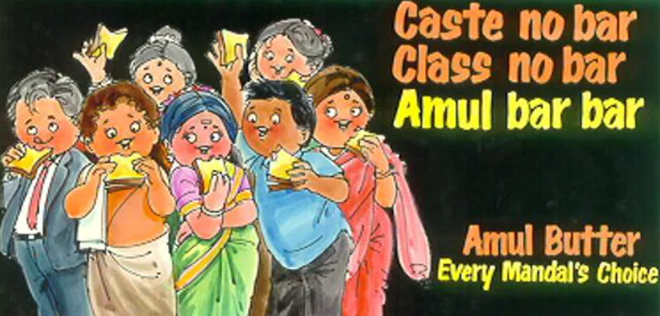
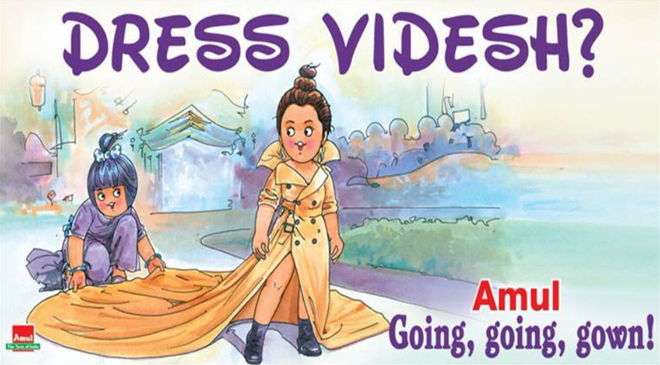
S: I agree. Chat GPT is great technology, but it lacks empathy. And without empathy, there’s no connect with the brand. The other thing I wanted to ask is, you didn’t start out at your Dad’s agency, you went to Lintas. So, what made you join your Dad later?
R: It’s a question I’ll always ask myself. The greatness of my Dad was that he said, ‘You go and do your thing. And I’ll do my thing.’ He was always a creative guy. And what we didn’t want is a clash because we both came from different creative worlds. But as Indian boys, there is something about taking over your dad’s business [laughs]. I will say that working on the Amul brand was a big temptation for me. There’s a tremendous challenge in taking on the mantle of something that is so famous and so iconic. The beautiful thing about this campaign is, it’s not an easy one. We’re not just on a hoarding now, we’ve gone to daily press, we’re on new social media and the internet, which has given us whole new opportunities. One thing I’ve learned over the years in this wonderful country is that what works in the East isn’t of any interest to somebody in the South. So, one has to be mindful, both in terms of topic and language.
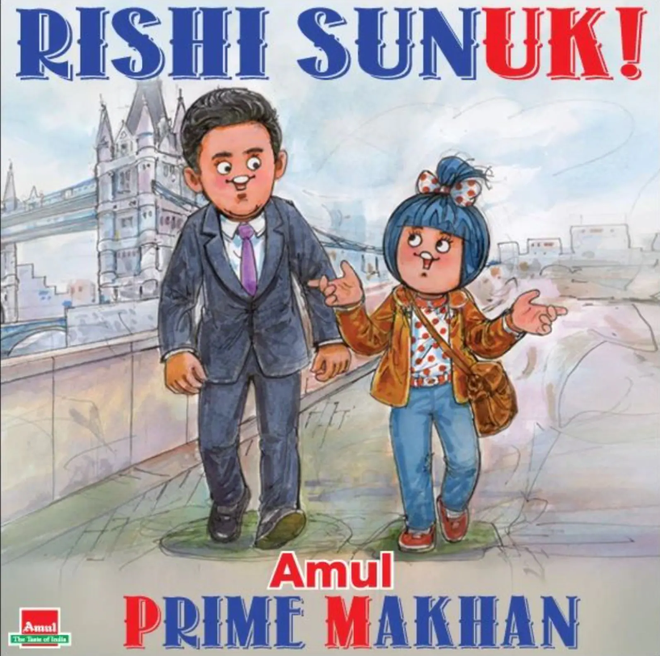
S: It’s been 20 years since the original trio — Sylvester da Cunha, Eustace Fernandes and Usha Katrakanda — have been replaced with (the new Amul trio) Rahul da Cunha, Manish Jhaveri and Jayant Rane. I am struggling to think if any brand in the world has kept the DNA so true to the original. How did this happen so seamlessly?
R: It’s a real lesson in brand consistency. When you think about it, we have tried to maintain the same feeling that Dad and his team did, that you are only as good as your last ad. Because public memory is short. If you go back to The Rolling Stones band, what is the reason that ‘Exile on Main Street’ and ‘Goat’s head soup’ were so good? Because they realised that a successful album is only going to take you so far. If you don’t follow it up with a fabulous second album, people will forget you — and they are very quick to criticise in the modern Twitter era. During Dad’s time, the rule was you keep your headline short. Even now, you have five seconds to catch the millennial or the Gen Z as he scrolls down on his phone. So it’s the classic rules: keep it tight, keep it memorable. And the brand is always bigger than the individual.
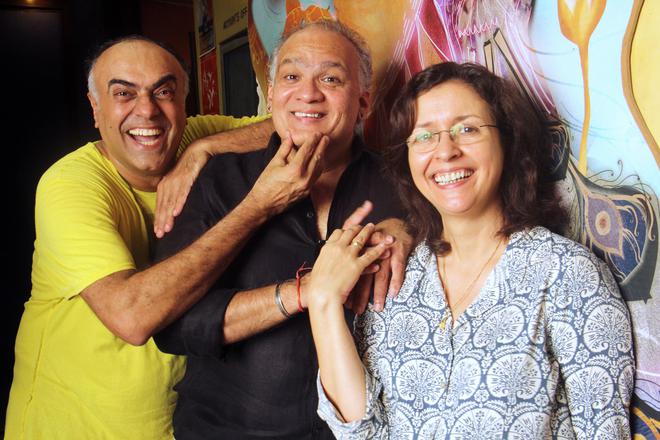
S: Both your father and you were successful admen, but also deeply involved in theatre. In fact, your dad set up the Theatre Group of Bombay. How did the two of you live in so many different worlds?
R: I come from the last generation of people who did theatre and advertising together. I think it comes from a certain mindset that multitasking is everything. For a lot of advertising men in the 60s, 70s and 80s, including my Dad, it was natural that they did the theatre. It was always part of my DNA. Also, I think advertising and theatre have always been linked because both are performing arts.
The writer is an adman and digital marketer.




!["[T]he First and Fifth Amendments Require ICE to Provide Information About the Whereabouts of a Detained Person"](https://images.inkl.com/s3/publisher/cover/212/reason-cover.png?w=600)


